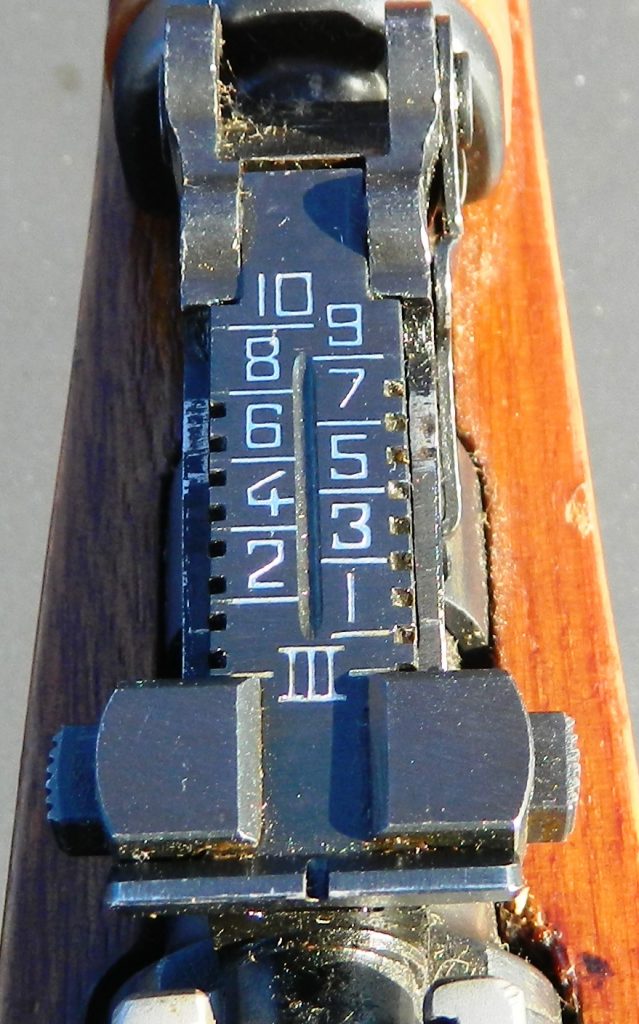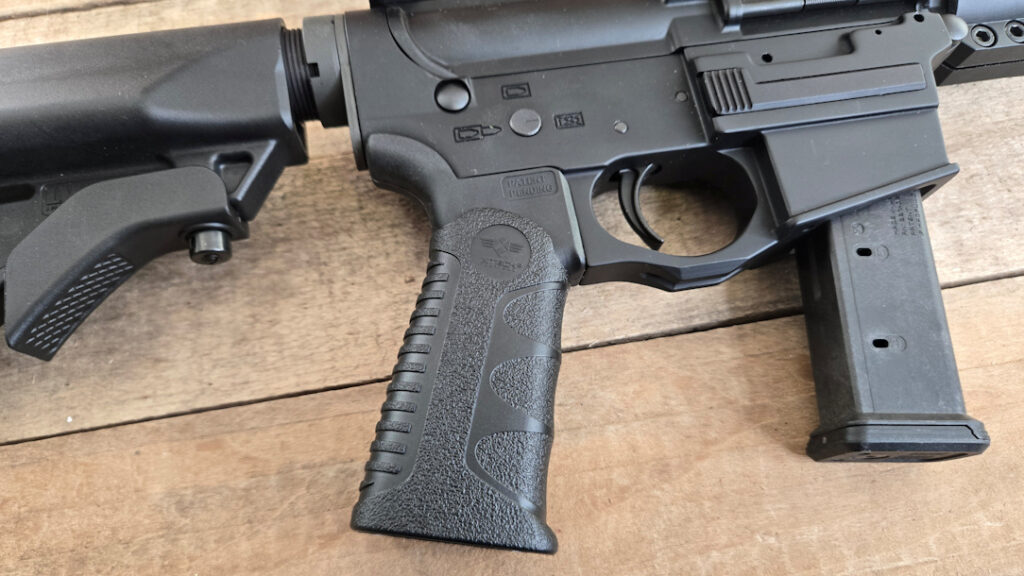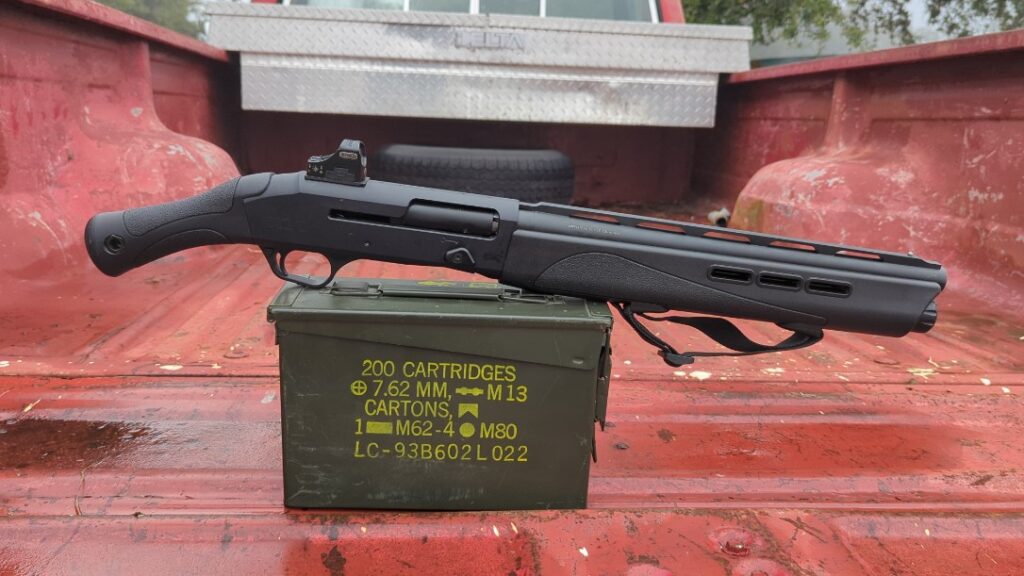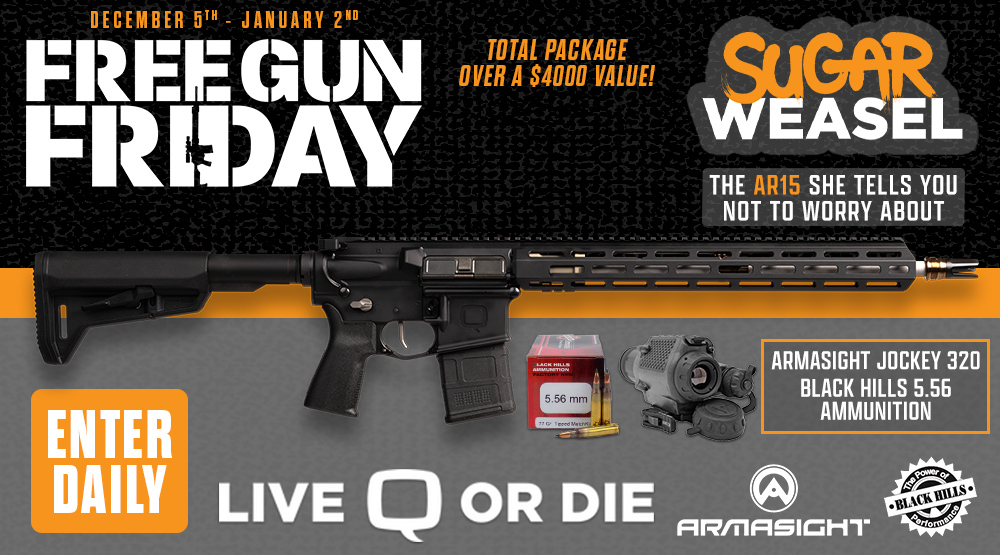The SKS- Worth The Money?
The SKS rifle was once a very good buy. While imported in all types of condition from unfired to deplorable, they were cheap and so was the ammunition. If you are on a budget but need an all around pest, deer, hog and defense rifle it was difficult to beat the SKS.

The inexpensive guns are gone from the shelf but certainly haven’t disappeared. They are in the lockers, safes and closets of those that appreciate them. They were purchased and kept rather than traded and that means something. While the day of dirt cheap ammunition is also gone, 7.62x39mm ammunition remains affordable and better loads are available than ever before.
Advertisement — Continue Reading Below
Here is a military grade rifle that is reliable, handy, and which fires a sufficient cartridge. The magazine holds ten rounds. Ten accurate and rapidly fired rounds will handle most problems I am aware of and will make a running coyote turn on the coals!
Unlike low cost commercial guns in which corners are cut the SKS really is all it claims, a reliable military rifle made of good material. The Siminov rifle is less troublesome than many rifles that may be ‘more powerful’ and more accurate but are also much more expensive.
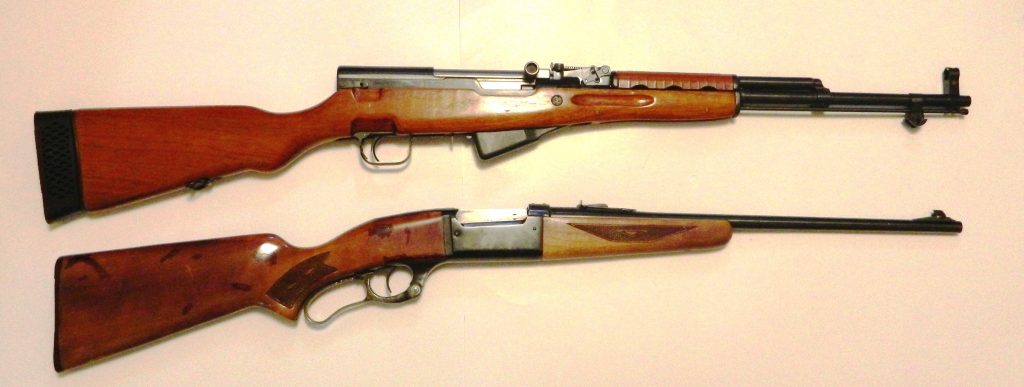
Advertisement — Continue Reading Below
Most of the SKS rifles feature chrome plated bores. This adds up to a rifle well suited to riding in the truck, boat or airboat. The furniture is simple wood with a one piece stock. The top receiver cover is readily removed for routine maintenance. The rifle needs an occasional detail strip for cleaning with special attention to the firing pin channel. The gas tube rides above the barrel. As long as non corrosive ammunition is used the SKS rifle will remain reliable and resists corrosion well. I would never add one of the aftermarket extended magazines. They are problematical in function and detract from the rifle’s handling in my opinion.

The SKS rifle was designed and developed in the old Soviet Union. It was introduced in 1945 and replaced shortly after by the AK 47 rifle. Although the SKS used an intermediate cartridge in common with the new breed of assault rifle the design was really traditional. This confluence of design worked well.
Advertisement — Continue Reading Below
While outclassed by later developments the rifle is sturdy, inexpensive to manufacture, and effective. The SKS was kept in series production just in case the AK did not prove viable. The SKS was manufactured in many Soviet satellite nations. After the fall of the Berlin Wall, the former communist nations sent the rifles to America for hard cash. The Chinese followed suit with a Norinco produced version. While many of the Soviet arms have become recreational shooters and even curiosities the SKS has seen a great deal of use as a sporting rifle.
The overall length of the SKS rifle is about forty inches, handy enough, and it weighs eight pounds. It may be heavy for the cartridge but this weight helps soak up recoil. The rifle is a pleasure to use and fire, inviting both practice and recreational shooting. The safety lever is located on the rear right hand ledge of the trigger guard. Down is on and up is safe. To load the rifle, lock the bolt to the rear. It is easy to load the rifle with stripper clips but just as easy to load the 10 round magazine one cartridge at a time. You may load the magazine and carefully press the top cartridge down and leave the rifle chamber empty if desired.
No matter what the long gun I keep the chamber empty when the firearm is at ready in the home or truck. Simply rack the bolt to make the rifle ready to fire. Each press of the trigger fires the rifle. The rifle is cycled by the gas system. Some of the firing gas is bled off by a small tappet and this cycles the action, similar to the M1. The rifle cycles, the trigger resets, and another press of the trigger fires the rifle again.
Advertisement — Continue Reading Below
The SKS features an old style ladder type rear sight, adjustable for elevation, and a hooded post front sight. The SKS rifle is often used by those in a tight economic situation and the rifle must be a do it all type of firearm. Quite a few have pressed the cartridge into service as a hunting cartridge and found that it will fill the bill within the limitations of the cartridge. The nominal velocity of the 123 gr. FMJ loading is 2300 fps.
Advertisement — Continue Reading Below
When you canvas the possibilities of a cartridge you have to look past the original loading. As an example the 35 grain case capacity of the 7.62 x 39mm cartridge almost rates it as an under bore cartridge. By the same token the .30-30 Winchester, a cartridge the 7.62 x 39mm is often compared to, may be termed over bore because the .30-30 cannot take advantage of its case capacity. The .30-30 was designed for the earliest smokeless powders. They were not terribly efficient. By careful handloading you may safely increase the velocity of the 7.62 x 39mm 123 grain bullet by 50 fps or more. Using the Hornady A Max bullet you have created a respectable hunting load. But there is more. you may also handload a 150 grain bullet to about 2200 fps. This is .30-30 territory, but with a shorter barrel. The Cor Bon 150 grain Hunter load pushes a 150 grain JSP to 2300 fps from my Norinco SKS.
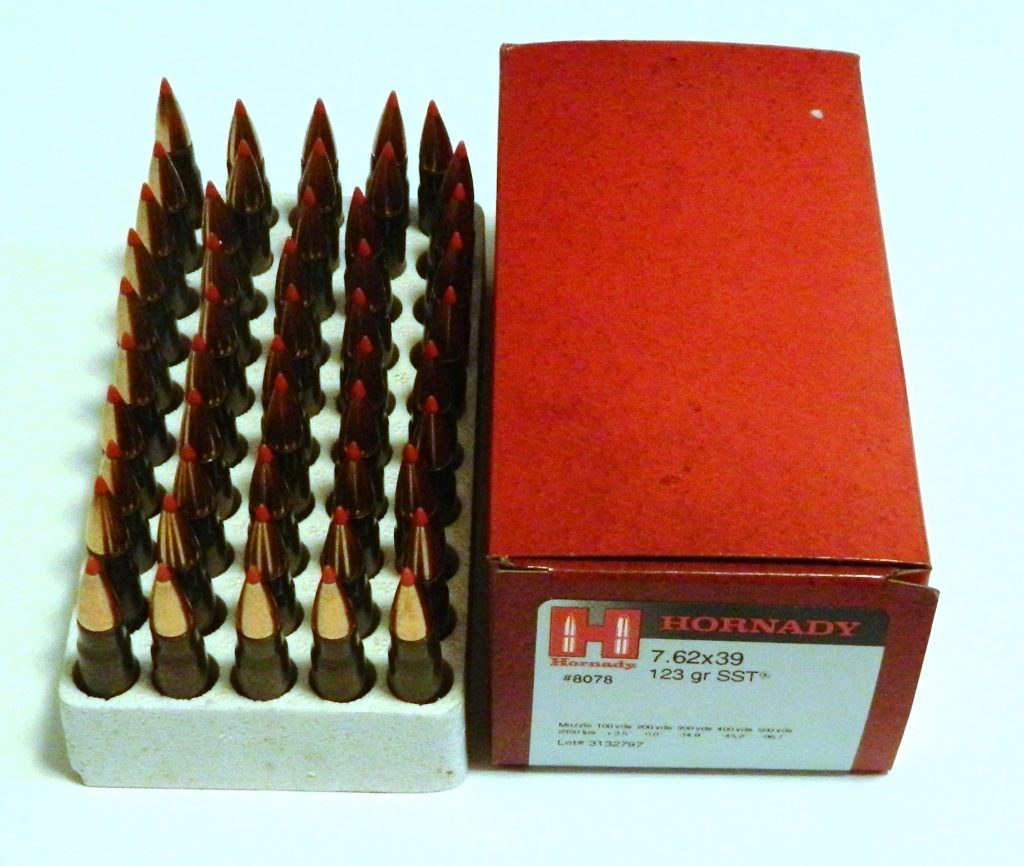
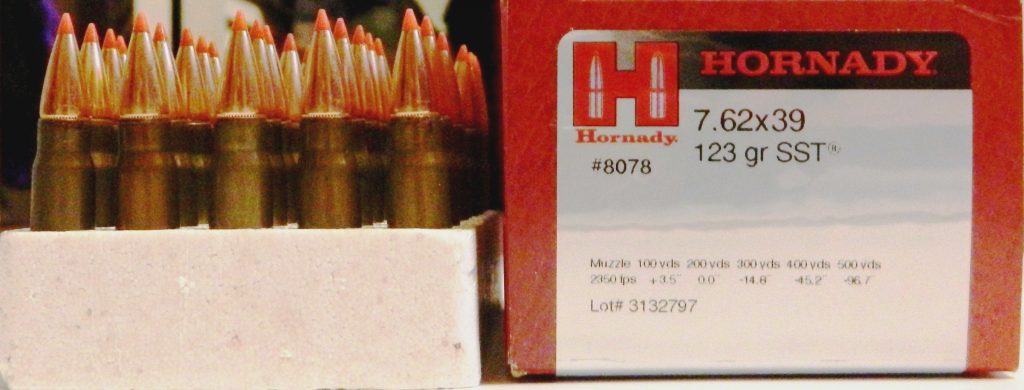
Advertisement — Continue Reading Below
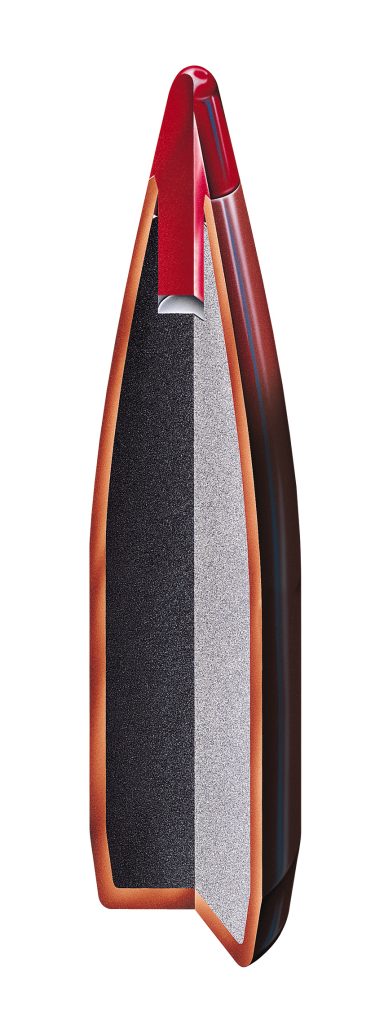
The general run of 150 grain .30-30 WCF loads break about 2250 fps or a little less. The 7.62×39 mm cartridge is actually hotter than the .30-30 and in the end a more efficient cartridge, at least with bullets of less than 150 grains. However, if you wish, you may load a particularly effective heavyweight load using a 180 grain JSP at about 900 fps. The action will not function but the load is accurate and about as quiet as a .22. There is no supersonic crack. This is a great load for pests and short range varmints. My favorite handload revolves around IMR 4198 powder and the Hornady 123 grain bullet loaded to an overall length of 2.930 for 2250 fps. In factory ammunition there are good choices. Among the most accurate is the Fiocchi 123 grain FMJ loading.
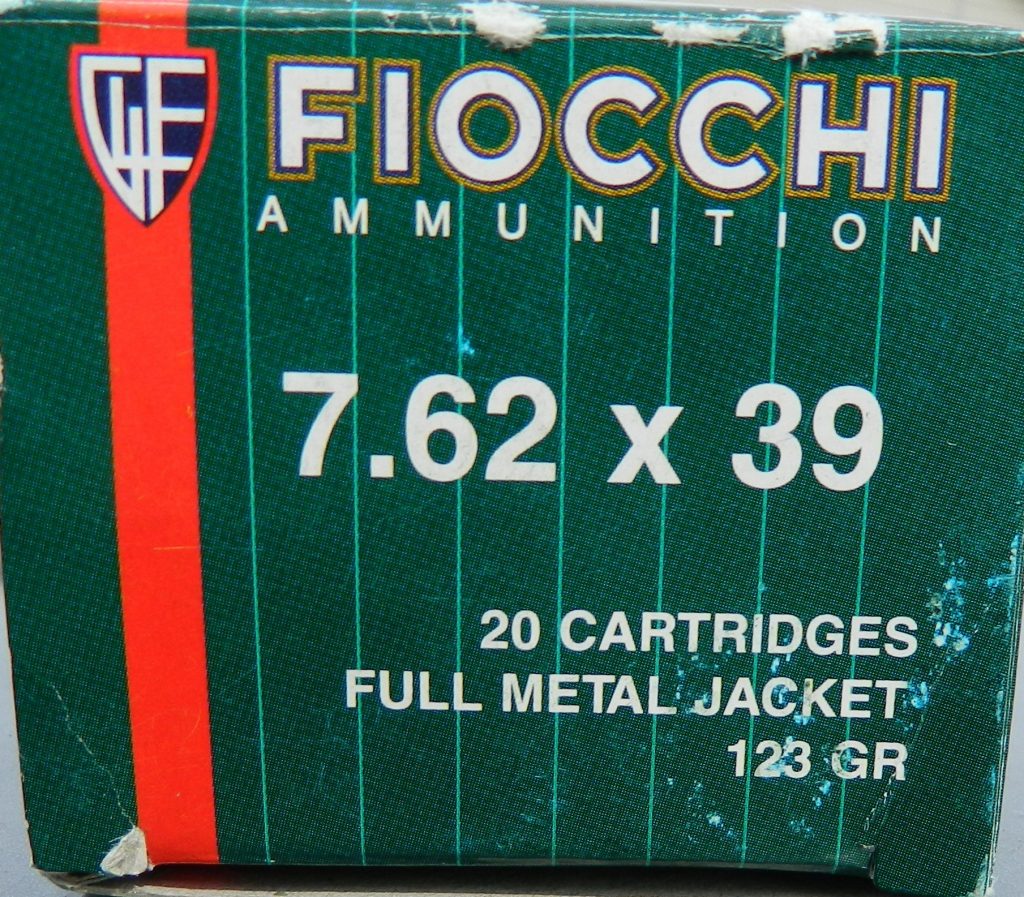
Advertisement — Continue Reading Below
This doesn’t mean you must reload the cartridge to get the most out of it, far from it. Handloading simply makes for a more versatile rifle. If you do not wish to roll your own ammunition you may fire the inexpensive Wolf loads for 99% of your shooting and hunt with the Remington 123 grain JSP. This information simply illustrates the potential of the cartridge. The comparison is often made to the .30-30 WCF and lets just state that the SKS gives up nothing to the lever gun in ballistics. The Winchester 94 rifle is usually more accurate than the SKS however.
In modern ammunition there are several loads that are reliable, use a quality expanding bullet, and which exhibit the best accuracy possible from the SKS platform. The Hornady steel cased A Max is one. The Remington 123 grain JSP is another. Each is as accurate as possible in the system. And that is the bottom line and the limiting factor of the SKS rifle, accuracy. With a good tight rifle with the stock properly fitted and the hardware tight, a quality SKS rifle should demonstrate 3.0 MOA with these loads. I have fired rougher examples that did well to make an eight inch group but they were functional. And although I have heard of such rifles I have yet to meet and shoot the SKS rifle that will deliver a group better than three inches at 100 yards. Yet with deer sized game offering an eight inch kill zone the SKS should do the business. A great addition is to add the Techsights.com aperture sight. While intrinsic accuracy may not be affected practical shooting is much improved with these sights. Optics are also a good bet. Sight the rifle in properly, practice, and the rifle is good enough for most chores.

